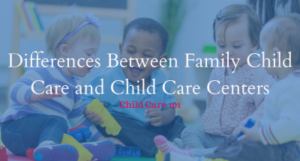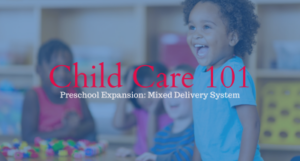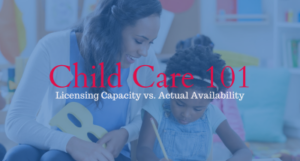Posted on August 8, 2024
NEWS: Latest Newark Kids Count Data Report, Now Available in Spanish, Reveals Mixed Progress in Outcomes for Child Well-Being
NEWARK, NJ – With fewer families living below the poverty line, a decrease in unemployment, and an increase in median household income, Newark is making progress in some areas of child well-being but losing ground in others, according to Advocates for Children of New Jersey’s (ACNJ) latest data book, Newark Kids Count 2024. Continue reading news release.





